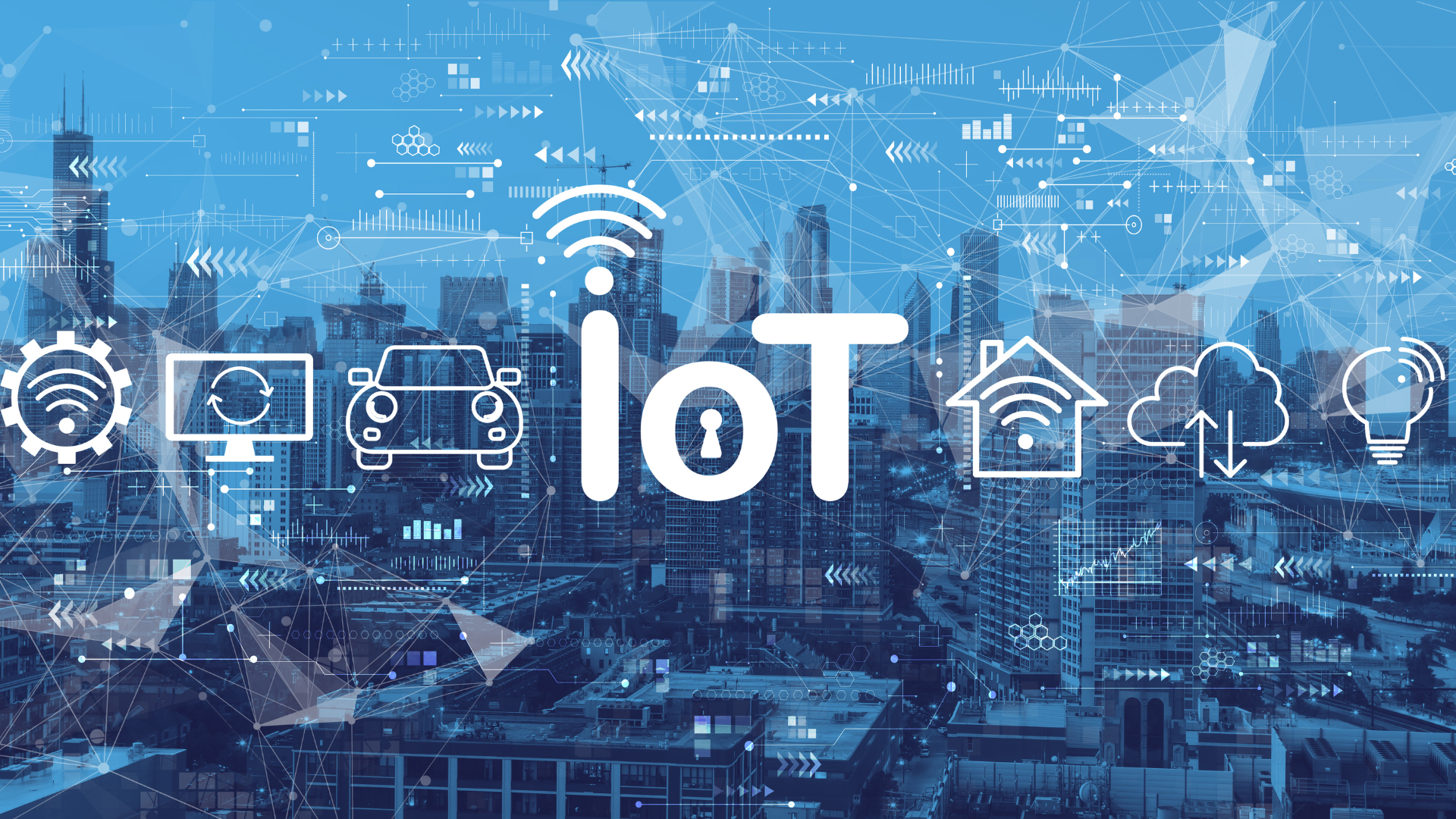Introduction:
In the ever-evolving landscape of Insurtech, the Internet of Things (IoT) has emerged as a transformative force, reshaping how insurers assess risk, manage claims, and enhance customer experiences. This article explores the profound impact of IoT on the evolution of Insurtech, shedding light on the innovative ways in which connected devices are revolutionizing the insurance industry.
Understanding the Intersection of IoT and Insurtech:
At the intersection of IoT and Insurtech lies a realm of possibilities. IoT refers to the vast network of interconnected devices capable of exchanging data seamlessly. In the context of Insurtech, these devices, ranging from smart home sensors to telematics in vehicles, are instrumental in creating a data-rich environment that insurers can leverage for more accurate risk assessment and personalized coverage.
Key Aspects of IoT’s Impact on Insurtech:
1. Enhanced Risk Assessment:
The integration of IoT devices allows insurers to access real-time data, offering a comprehensive understanding of policyholders’ behaviors and environments. For instance, telematics in vehicles monitor driving habits, enabling insurers to tailor coverage based on actual risk factors. This enhanced risk assessment, fueled by IoT, facilitates more accurate underwriting and personalized insurance offerings.
2. Prevention and Mitigation of Losses:
IoT devices act as proactive risk management tools. In areas like property insurance, smart sensors can detect anomalies in real-time, alerting homeowners or authorities to potential risks such as water leaks or fire hazards. By preventing and mitigating losses, IoT significantly reduces the frequency and severity of claims, creating a win-win scenario for both insurers and policyholders.
3. Telematics in Auto Insurance:
Telematics devices, often installed in vehicles, revolutionize the landscape of auto insurance. These devices monitor driving behavior, including speed, braking patterns, and distances traveled. Insurers leverage this data to offer usage-based insurance (UBI) policies, rewarding safe drivers with lower premiums. The result is a shift from traditional rating models to more personalized and equitable pricing structures.
4. Data-Driven Customer Engagement:
IoT facilitates a data-driven approach to customer engagement. Insurers can provide personalized services and incentives based on the data collected from IoT devices. For instance, health insurers can encourage policyholders to adopt healthier lifestyles by offering discounts on premiums for meeting fitness goals tracked by wearable devices.
5. Fraud Detection and Prevention:
The data streams generated by IoT devices are invaluable in detecting and preventing insurance fraud. Through advanced analytics, insurers can identify patterns that may indicate fraudulent activities. This not only safeguards the financial interests of insurers but also contributes to maintaining the integrity of the broader insurance ecosystem.
6. Streamlined Claims Processing:
IoT expedites the claims processing and settlement procedures. Connected devices provide real-time information, allowing insurers to assess damages quickly and accurately. This efficiency reduces the time taken for claims processing, leading to faster settlements and improved customer satisfaction.
7. Customized Coverage Through IoT:
IoT’s impact extends to the customization of insurance coverage. By analyzing data from connected devices, insurers can craft policies that precisely align with the needs and behaviors of individual policyholders. This shift from one-size-fits-all to personalized coverage enhances the overall relevance and value of insurance products.
8. Evolving Business Models:
The integration of IoT forces a reevaluation of traditional business models within the Insurtech sector. Insurers leveraging IoT data may explore innovative approaches such as pay-as-you-go insurance or on-demand coverage, reflecting a more dynamic and responsive business environment.
Challenges and Considerations in the IoT-Insurtech Integration:
1. Data Security and Privacy:
The vast amount of data generated by IoT devices poses challenges related to security and privacy. Insurtech providers must implement robust measures to safeguard this sensitive information, ensuring compliance with data protection regulations and building trust among users.
2. Standardization and Interoperability:
The diverse array of IoT devices requires standardization and interoperability for seamless integration into Insurtech platforms. Ensuring that devices from different manufacturers can communicate effectively is essential for creating a cohesive and efficient IoT ecosystem.
Future Outlook and Innovations:
Looking ahead, the marriage of IoT and Insurtech is poised for continued innovation. Emerging technologies like 5G connectivity and edge computing will further enhance the capabilities of IoT devices, opening new avenues for real-time data processing and analysis.
Conclusion: Charting a Connected Future in Insurtech:
As IoT continues to weave its threads into the fabric of Insurtech, the industry stands at the cusp of a connected and data-driven future. From redefining risk assessment to enabling personalized coverage, the impact of IoT on the evolution of Insurtech is profound. By navigating the challenges and embracing the opportunities presented by IoT, insurers can pave the way for a more dynamic, efficient, and customer-centric era in the ever-evolving landscape of insurance technology.














